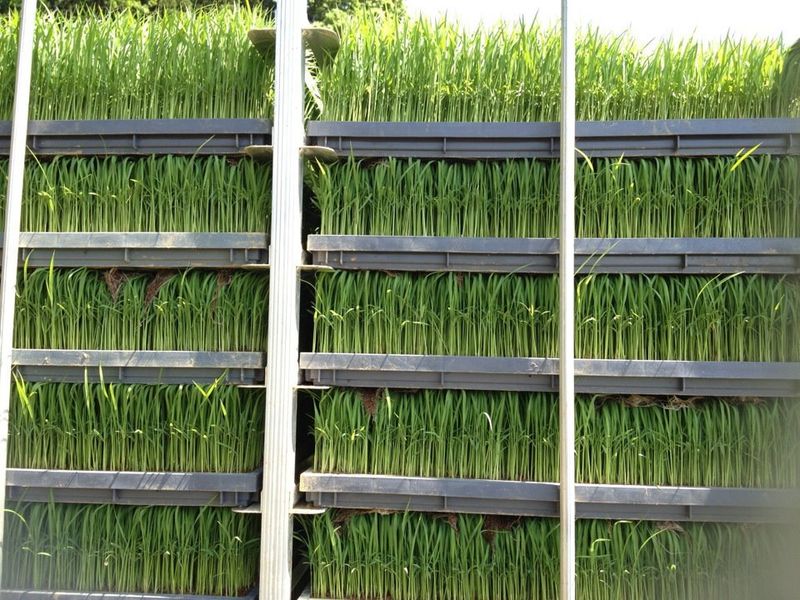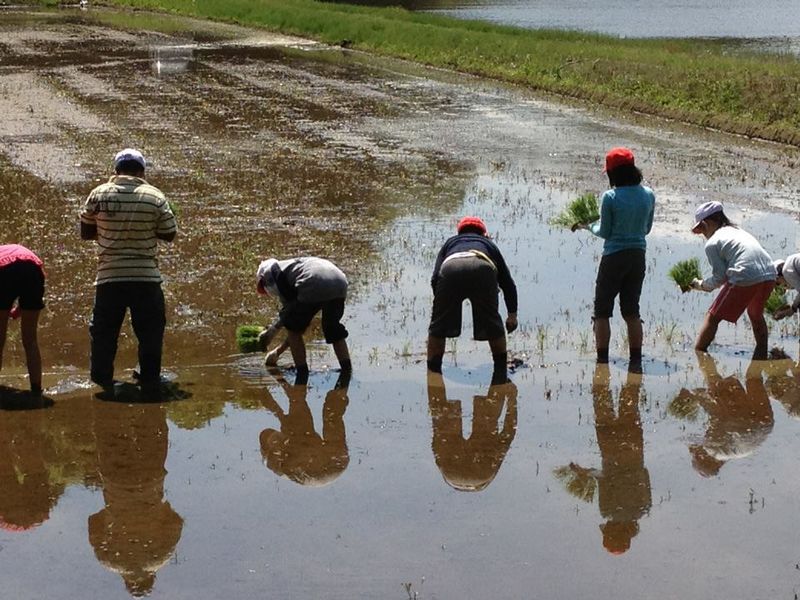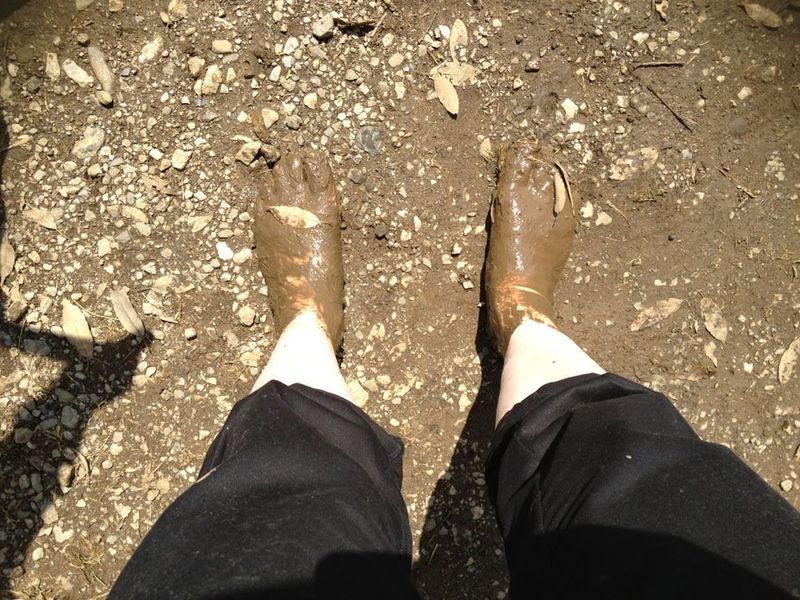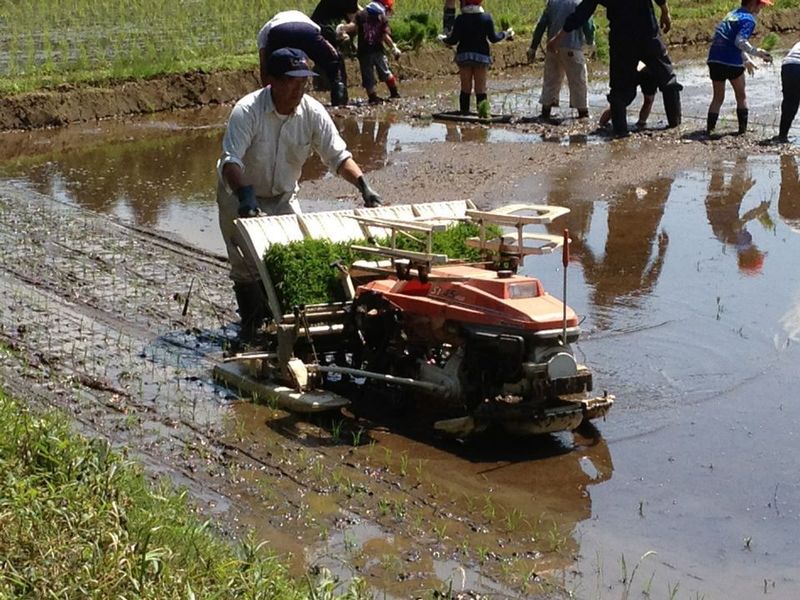Jun 7, 2021
Planting Rice at School, Only in Japan

Started rice plants
One afternoon in May, as my friends and I were walking past a recently flooded rice paddy, I noticed a ripple in the water and a flash of gold. My companion, a local guy whose family has a rice paddy, told me that farmers release koi into the rice paddies to control pests and the droppings fertilize the plants. We watched the gold and orange koi wander among the growing plants and marveled at this ingenious agricultural practice.
The history of wet paddy rice cultivation in Japan stretches back to neolithic times. Probably at that time rice paddies were small. You might wonder why you see so many small farm operations today. It's due to land reforms in the post-war period. Before the war, landlords leased fields and paddies to tenant farmers. The land reform released the land at a low price to the former tenant farmers so they could buy it outright. This increased production and redistributed wealth.
Cross Currents, a digital cultural archive, has information about agriculture in Japan where you can learn about the how and why of the cultivated landscape you see today.
At an elementary school in Chiba Prefecture, I got invited to join the Grade 6 class for a lesson that spans the curricula of science, social studies, and literature - taue, rice planting in a paddy field. The paddy field, visible from the schoolyard, is planted up every spring by the students led by local farmers.
We started our taue lesson with a brief ceremony and an explanation of how we were going to make neat rows of spaced rice seedlings. 
Planters lined up along the rope
The farmers prepared a long rope with colored tags marking row intervals. Two of us were assigned to hold the ends of the rope on either side of the paddy field, and the planters were handed bunches of seedlings. Then the planters lined up against the rope along the tags and pushed the seedlings firmly but gently into the gooey mud of the paddy. When everybody had planted, we shouted "Hai!" and the rope was moved.
This is backbreaking, hard work, I tell you. The sun beats down on your back and glints off the water, and you get grubby as you slog along the rope line. I lost my shoes within minutes as the rich mud seeped in. I planted barefoot along with the kids.
Forget shoes for this job
We did our best, planting slightly wobbly lines of rice seedlings until the farmers told us we'd done enough. Everybody was tired and thirsty, so the farmer finished the remaining planting with a much more efficient and accurate modern rice planting machine.
Thanks to Japanese technology, the farmer finished our job
The experience was tough, but teachers and students learned a lot. The students got to talk to the farmers about their profession and gained an understanding of cultivation methods. They also had content for their science reports about the lifecycle of the rice plants. We all came to appreciate the historical importance of collective effort to sustain the community.
Since that experience, I carefully pour my rice into the rice cooker so that no grain escapes. If you get invited to taue, take the chance. And maybe wear boots.



0 Comments